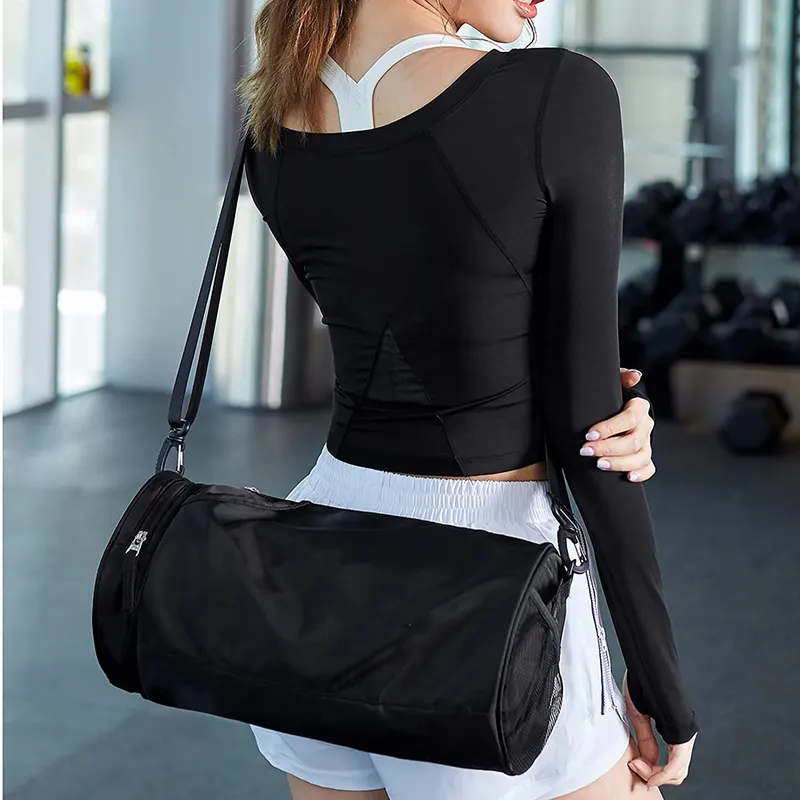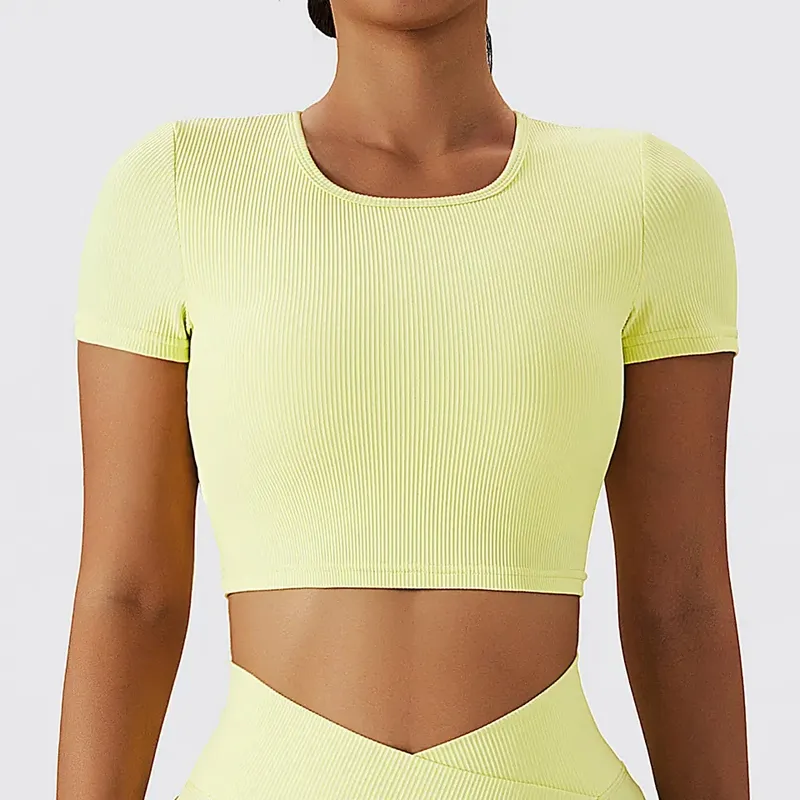Certainly! Here’s a breakdown of different fabrics used in yoga attire and their characteristics to help you choose what works best for your practice:
- Cotton:
- Characteristics: Soft, breathable, and comfortable. Absorbs moisture but may retain it, taking longer to dry.
- Best For: Gentle or restorative practices, as it offers comfort and breathability.
- Synthetic Fabrics (Polyester, Nylon, Spandex):
- Characteristics: Quick-drying, moisture-wicking, and stretchy. Offers excellent elasticity and shape retention.
- Best For: Intensive practices, hot yoga, or workouts where sweat management and flexibility are essential.
- Bamboo:
- Characteristics: Soft, breathable, and moisture-wicking. Offers natural anti-bacterial properties and is eco-friendly.
- Best For: All types of yoga practices, especially for those seeking sustainability and comfort.
- Hemp:
- Characteristics: Durable, breathable, and eco-friendly. Gets softer with each wash and has anti-bacterial properties.
- Best For: Intensive practices due to its durability and moisture-wicking abilities.
- Tencel/Lyocell:
- Characteristics: Eco-friendly, soft, breathable, and moisture-wicking. Made from sustainable wood pulp.
- Best For: All types of yoga practices, especially for those looking for eco-conscious options.
- Recycled Fabrics:
- Characteristics: Made from recycled materials like plastic bottles or fishing nets. Offers moisture-wicking properties and supports sustainability.
- Best For: Eco-conscious practitioners seeking to reduce environmental impact.
- Wool (Merino):
- Characteristics: Natural insulation, moisture-wicking, and odor-resistant. Keeps you warm even when wet.
- Best For: Cooler climates or outdoor practices where warmth is needed.
- Microfiber:
- Characteristics: Extremely soft, lightweight, and highly moisture-wicking. Offers excellent breathability and comfort.
- Best For: Intensive or hot yoga practices due to its ability to keep you dry and cool.
The best fabric for your yoga attire depends on personal preferences, the intensity of your practice, and environmental considerations. Consider factors like moisture-wicking properties, breathability, sustainability, and the specific demands of your practice when choosing the fabric that suits you best.


